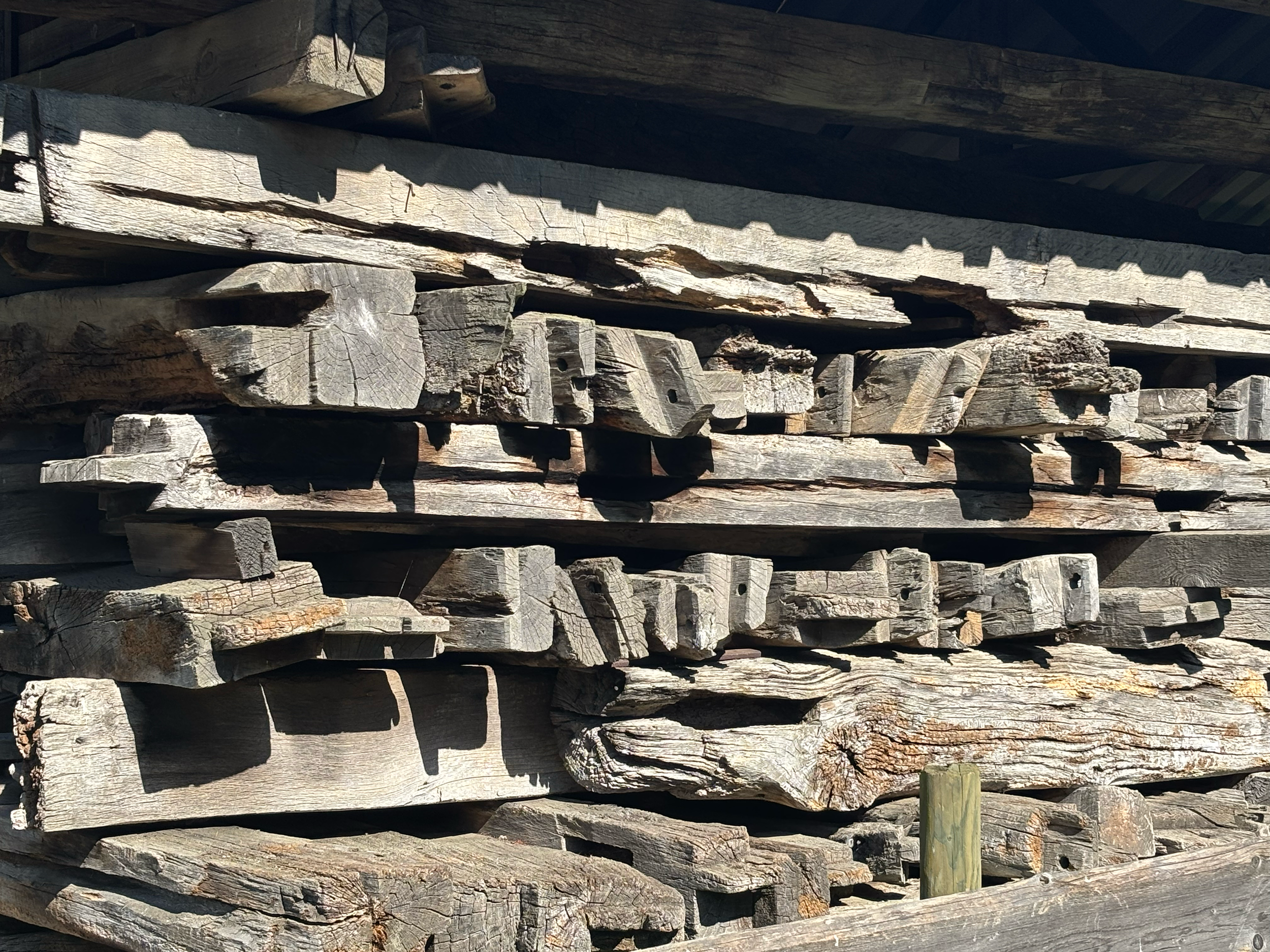We begin with what exists. We do not apologize for the old; we let it lead. Doors become tables, frames become stairs, sections become light. We reveal the joinings, because trust belongs to equal sight. Lime, clay, and oak breathe with us — materials that fail gently and can be forgiven. Every preserved element is carbon we do not spend, and memory we do not lose.

